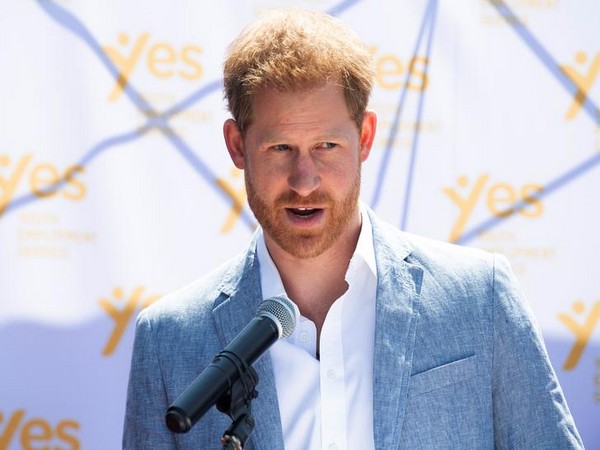

KATHMANDU: In the United Kingdom, the king is the head of state. He appoints and dismisses the prime minister and other ministers, declares war, commands the military, and endorses decisions made by Parliament and the government with the royal seal.
Over two centuries of diplomatic relations between Nepal and the UK have seen visits to Nepal by British monarchs, princes, princesses, and other royal family members. However, no British prime minister, who holds executive authority, has formally visited Nepal in these 200 years.
After the Anglo-Nepalese War from 1814 to 1816, the Sugauli Treaty established peace and friendship between Nepal and the East India Company, marking the start of formal diplomatic relations. At that time, the UK had not even established diplomatic relations with a dozen other countries.
During the Sugauli Treaty, Robert Banks Jenkinson was the British prime minister. From Jenkinson to the current Prime Minister Keir Starmer, the UK has had 41 prime ministers. During the colonial period, five British prime ministers visited India. After India gained independence in 1947, British prime ministers made twelve state visits to India, the latest being Rishi Sunak in 2023. Yet, none have deemed it necessary to step foot in Nepal.
Several British monarchs have visited Nepal. King George V visited in 1911 during his journey to India for his coronation. Prince Edward VIII came in 1921, and Queen Elizabeth II visited twice. The current king, Charles III, has visited Nepal three times.
“Visits by constitutional monarchs are ceremonial, while those by prime ministers and foreign ministers focus on specific issues,” says former Foreign Secretary Madan Bhattarai. “Nepal’s monarchy became constitutional only after the 1990 Constitution; before that, it was executive. Although the British monarchy is not executive, the royal family has been fronted to maintain diplomatic relations.”
The role of Gurkha soldiers
Nepali Gurkhas have played a crucial role in Nepal-UK relations. The Sugauli Treaty opened the door for Nepali youth to join the British Army, and since then, hundreds of thousands have served and sacrificed their lives for the UK.
Despite frequent visits by British prime ministers to India and Bangladesh, why have they not visited Nepal, a country with a long and rich diplomatic history? Former Secretary Bhattarai calls this a diplomatic weakness on Nepal’s part.
Many Gurkha regiments carry names associated with the British royal family, such as the Sixth Queen Elizabeth’s Own Gurkha Rifles and Princess Mary’s Own Gurkha Rifles. Queen Victoria used Gurkhas for her personal security, and the tradition was revived by Elizabeth II. Jhalak Subedi, author of British Saamraajyakā Nepali Mohara (translated as Nepali Pawns of the British Empire), notes, “The Gurkha connection adds another dimension to the relationship. The British court has entrusted Gurkhas with various responsibilities, making them key representatives in maintaining ties with Nepal.”
From hunting to philanthropy
The Rana rulers often invited British royals to Nepal for hunting trips to maintain legitimacy and good relations. In 1911, King George V was scheduled to hunt in Parsa Thori’s dense forests but could not due to a plague outbreak.
Despite frequent visits by British prime ministers to India and Bangladesh, why have they not visited Nepal, a country with a long and rich diplomatic history? Former Secretary Bhattarai calls this a diplomatic weakness on Nepal’s part.
Queen Elizabeth II visited Nepal first in 1961, shortly after King Mahendra’s dissolution of the elected government, and again in 1986. King Charles III visited Nepal as a prince, and Colonel of the British Gurkha Regiment, he undertook treks during his visit.
Prince Harry
Similarly, Prince Harry was deployed in the field alongside Gurkha soldiers during the Afghanistan war. When he visited Nepal in 2016, he contributed to earthquake reconstruction efforts. He assisted in rebuilding Prabhatkiran Lower Secondary School in Lapu village, Northern Gorkha. In Bardiya National Park, he helped install cameras along tiger trails and engaged with local communities living near the park.
“Visits by kings, crown princes, members of the royal family, and senior officials reflect goodwill toward Nepal. Queen Elizabeth II’s husband, late Prince Philip, served as head of a wildlife conservation organization for a long time,” says former Secretary Madan Bhattarai. “Such goodwill visits also benefit Nepal.”
Although British prime ministers frequently visit India and Bangladesh, why haven’t they visited Nepal, a country with a long and dense history of diplomatic relations? Former Secretary Bhattarai says this reflects a diplomatic weakness on Nepal’s part. “In some cases, we have also failed to make the prime ministers understand our relevance and importance,” he adds.